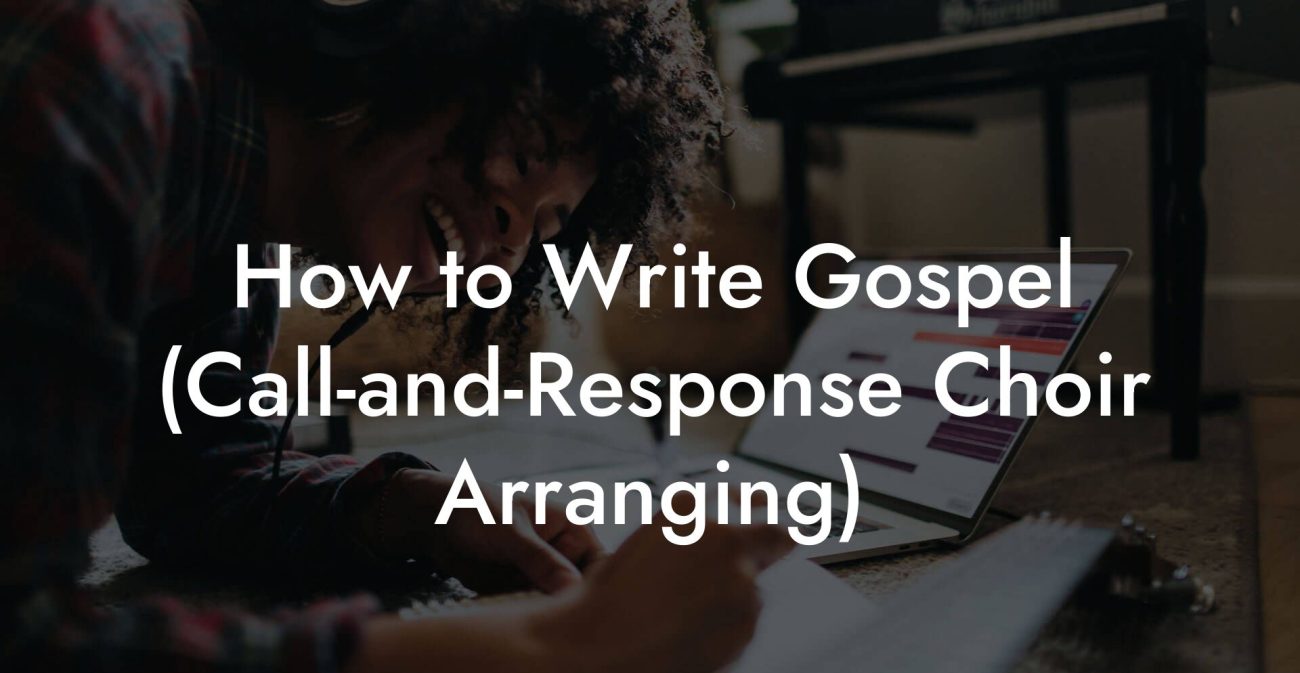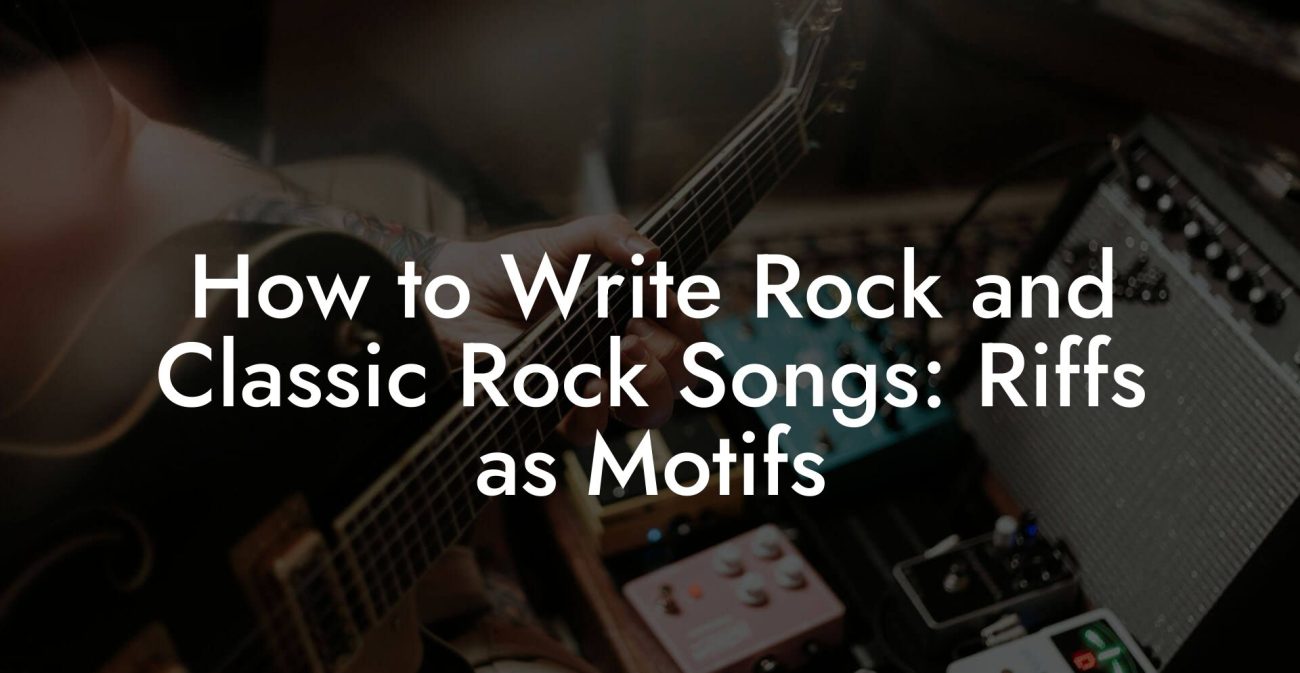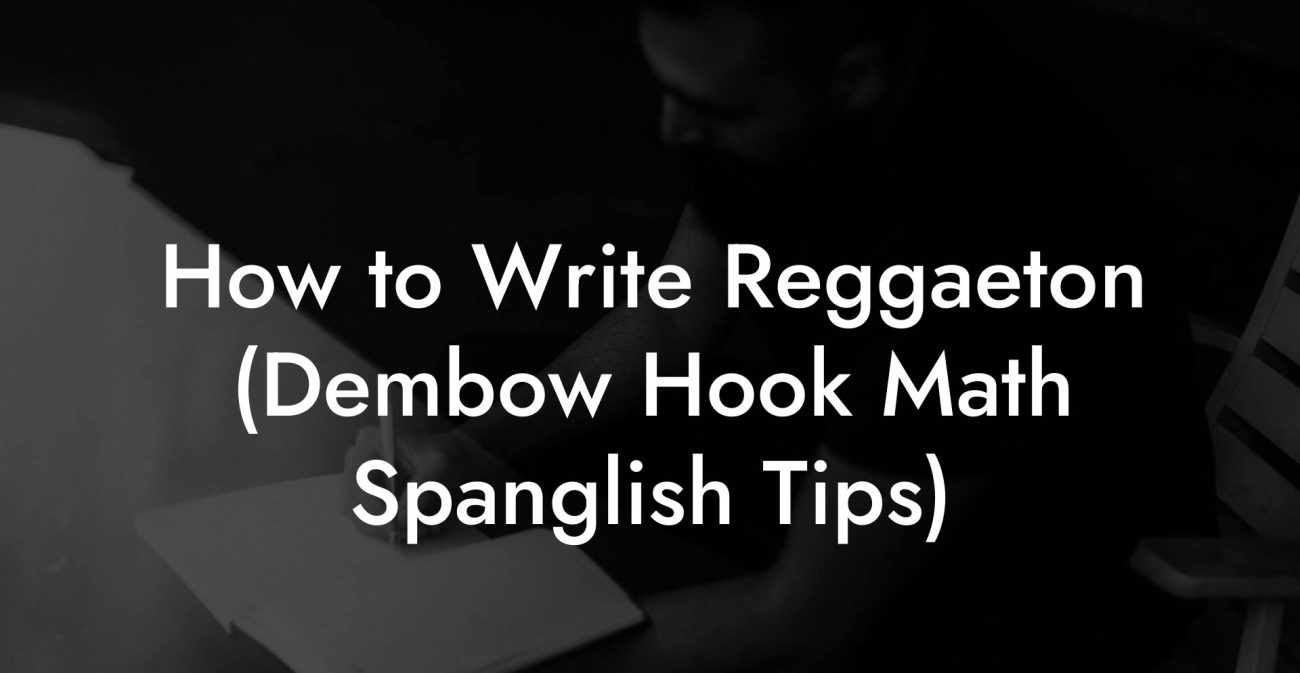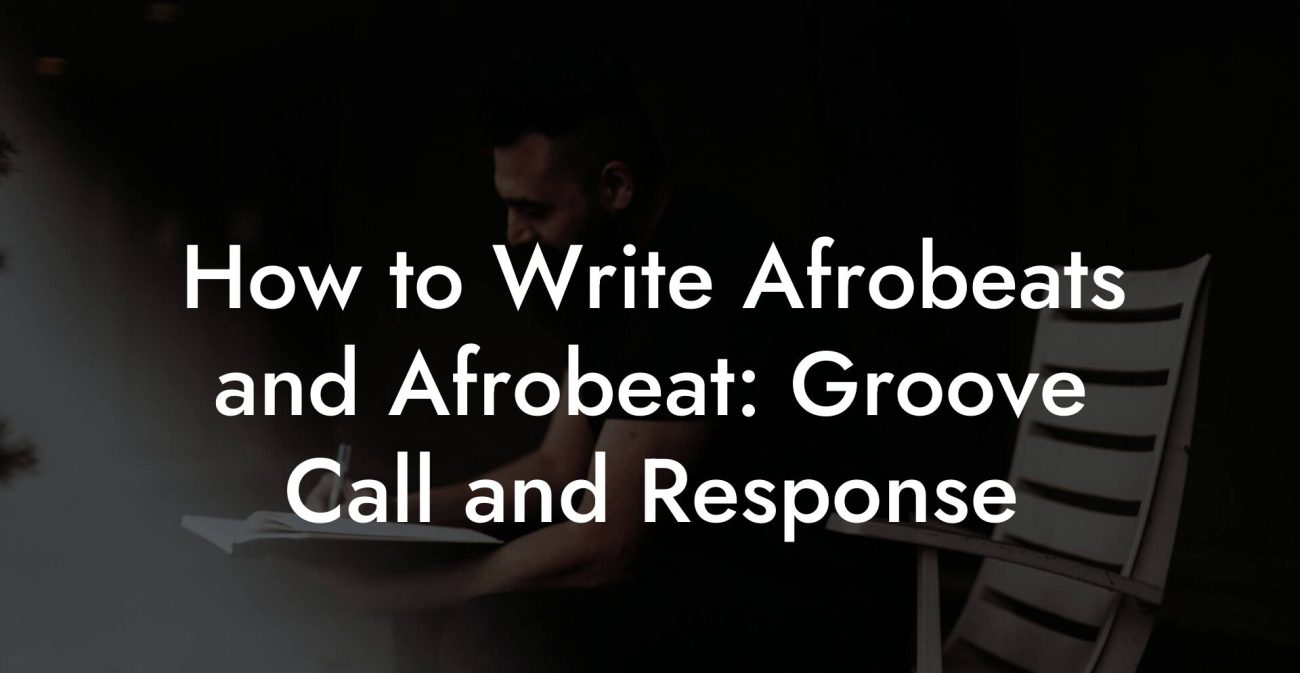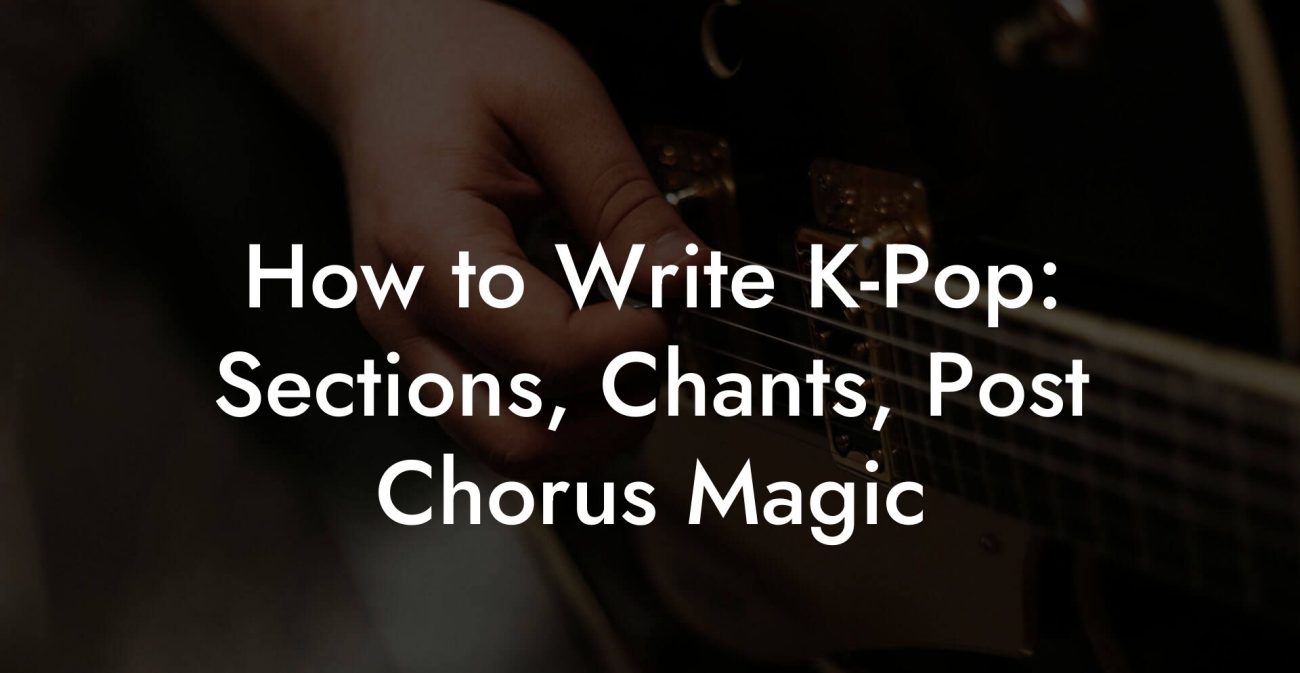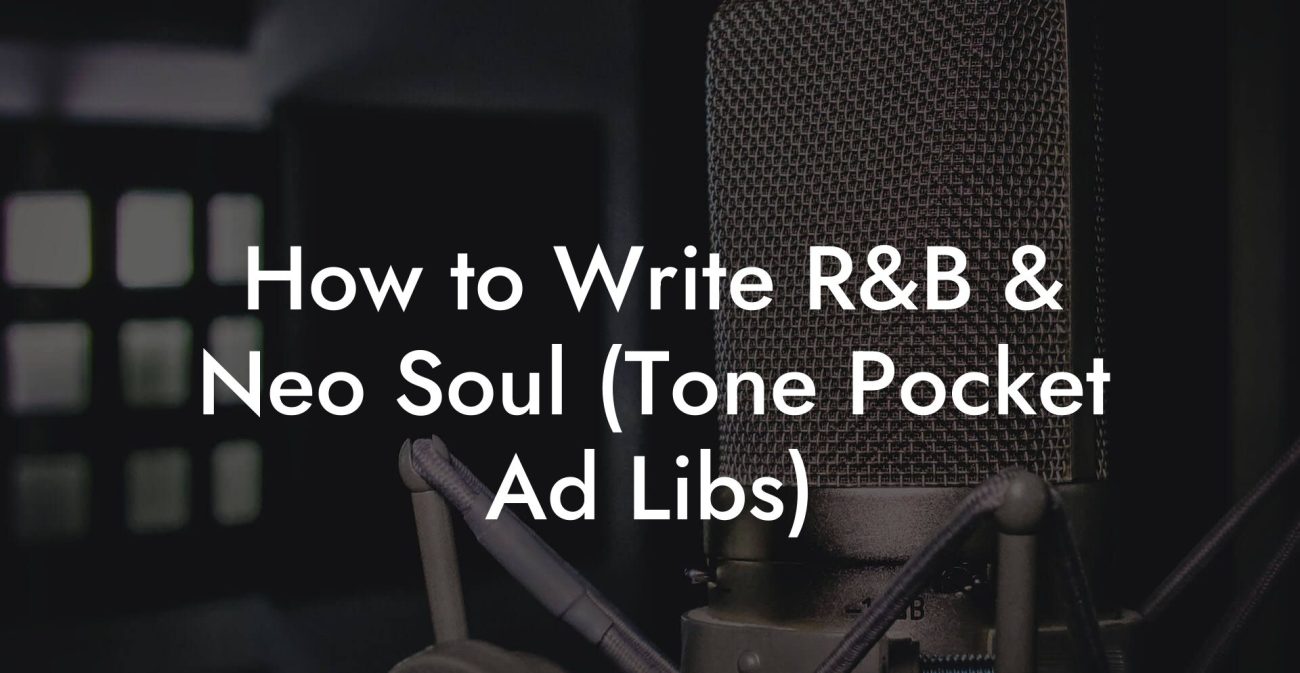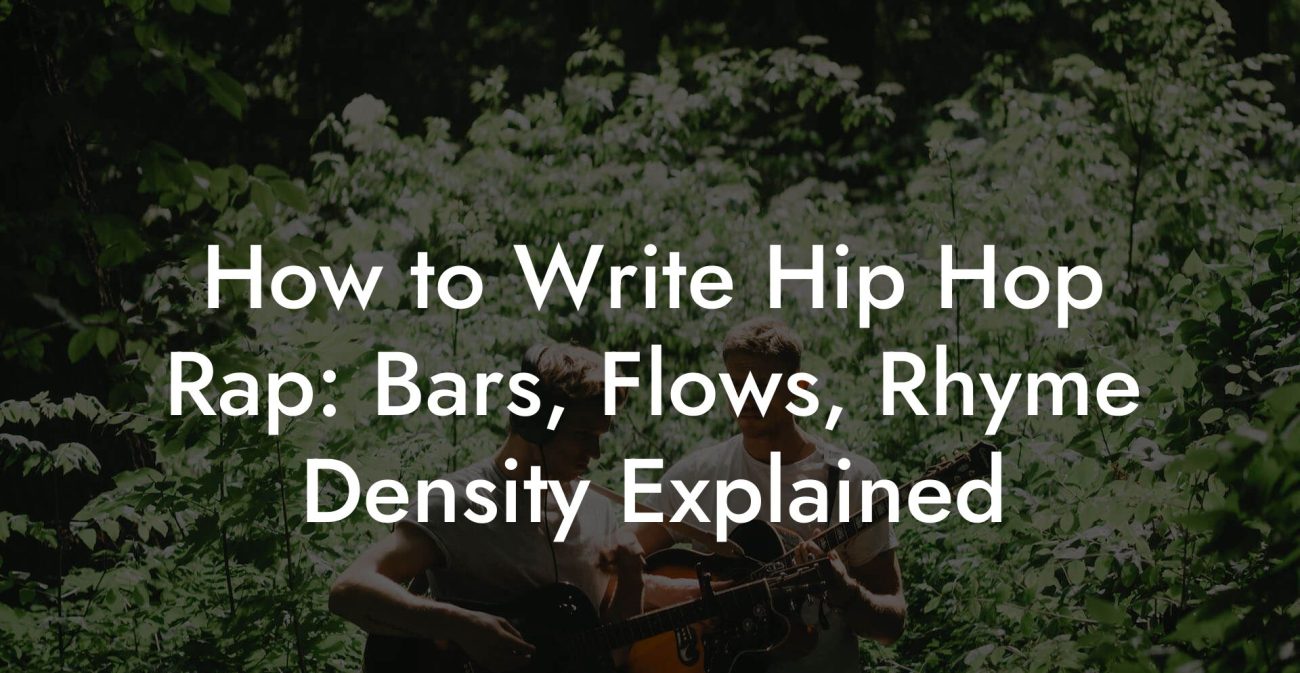Songwriting Advice
How to Write Folk and Indie Folk Songs: Narrative Minimalism for Musicians
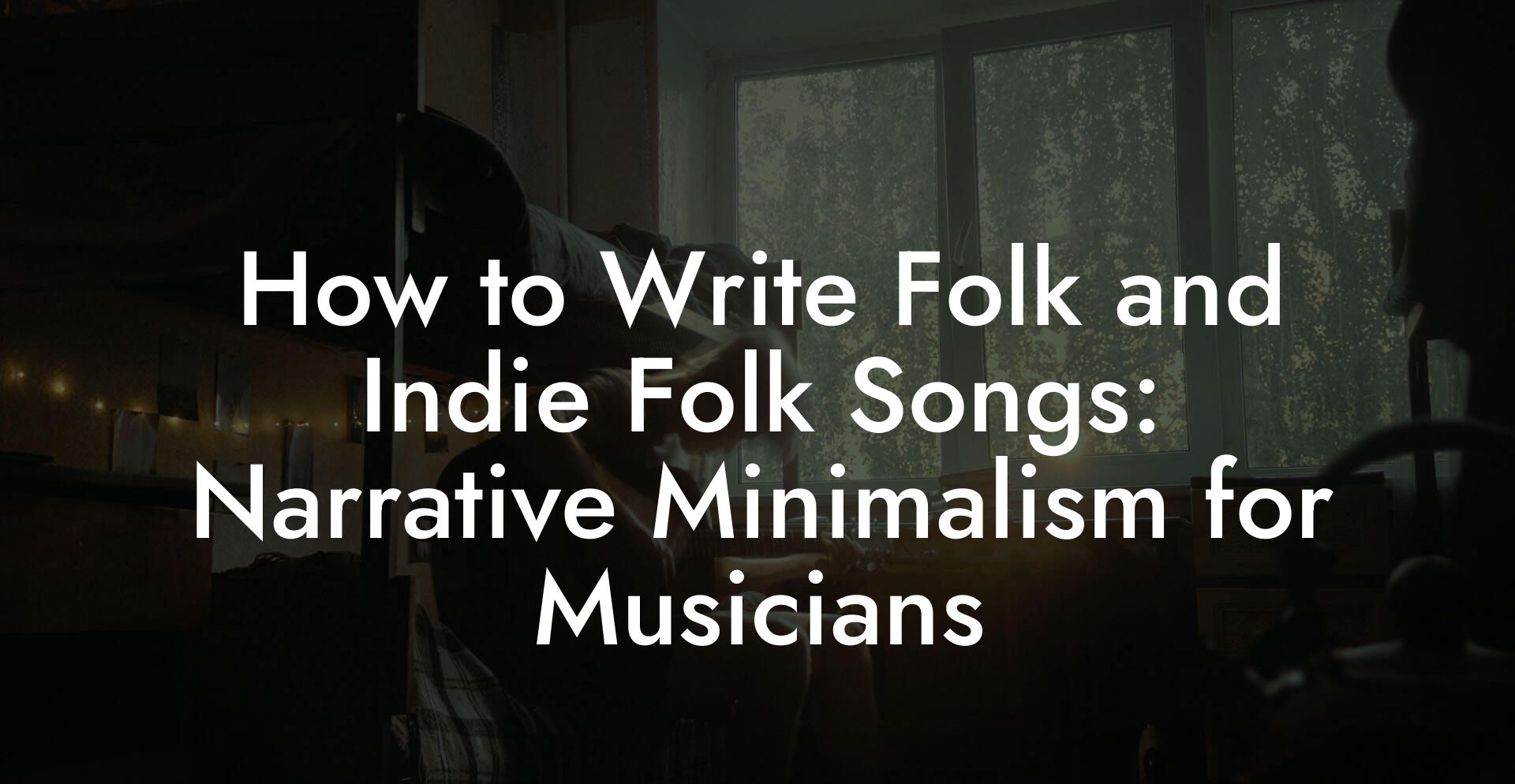
You want songs that feel like a campfire confession or a late night note passed across a diner table. You want lyrics that land like an elbow to the ribs and melodies that fold into the voice like a favorite sweater. Folk and indie folk reward tiny truths, clear images, and arrangements that leave air for the listener to fill. This guide gives you step by step tools, hilarious yet useful examples, and real world drills to write songs that sound honest and look effortless. Spoiler: effortless means doing the work that makes it sound effortless.
Quick Interruption: Ever wondered how huge artists end up fighting for their own songs? The answer is in the fine print. Learn the lines that protect you. Own your masters. Keep royalties. Keep playing shows without moving back in with Mom. Find out more →
Quick Links to Useful Sections
- What Is Narrative Minimalism in Folk Music
- Why Folk and Indie Folk Still Matter
- Core Elements of a Folk Song
- Choose Your Point of View and Stick to It
- How to Pick a Moment That Works
- Lyric Craft: Show, Do Not Explain
- Prosody and Natural Speech
- Melody: Keep It Singable and Slightly Wry
- Simple Chord Progressions That Support Stories
- Fingerpicking Patterns and Strum Choices
- Arrangement Choices That Keep the Story Alive
- Writing Hooks in a Low Key Genre
- Rhyme and Language Choices
- Hooks for the Stage and for Spotify
- Editing: The Minimalism Pass
- Performance Tips for Authentic Delivery
- Songwriting Exercises for Narrative Minimalism
- The One Object Drill
- The Five Second Scene
- The Camera Pass
- Common Mistakes Folk Writers Make and How to Fix Them
- How to Finish a Demo That Gets Attention
- Publishing and Placement Tips for Folk Artists
- Examples and Before and After Lines
- Frequently Asked Questions
- Action Plan You Can Use Today
Everything here is written for musicians who want real results fast. We will cover what narrative minimalism really means, how to pick a point of view, how to pare language until it sings, chord moves that support stories instead of smothering them, fingerstyle and strum patterns that carry mood, arrangement choices for the bedroom or the stage, lyric exercises, and how to finish a demo that gets attention. Expect relatable scenarios, plain English explanations of any jargon, and jokes that will make your inner critic groan and then stop complaining.
What Is Narrative Minimalism in Folk Music
Narrative minimalism is the idea of telling a story in the fewest possible words while keeping the scene alive. Think of it like a short story written on a napkin. You choose a moment, not an entire biography. You drop in one clear object, one small action, one time stamp, and the listener fills the rest with memory. That is the trick. Leave space so the song becomes personal to the listener.
In practical terms narrative minimalism uses:
- Specific images rather than abstract statements
- Single perspective voice rather than omniscient narration
- Modest arrangements that let the lyric breathe
- Repeated small gestures that become hooks
Imagine telling a story about missing someone. Instead of cataloging feelings you show a single scene. Example: the other person left a coat that still smells like road salt. That one detail pulls the whole memory into focus.
Why Folk and Indie Folk Still Matter
Because humans love stories and honesty. Folk songs are portable empathy. They fit on acoustic guitars, in headphones, and across tiny living rooms packed with friends who do not want to be lectured. Indie folk brings the same principles with a taste for intimate production choices, interesting textures, and a willingness to borrow from other genres. Both are fertile fields for writers who prefer clarity over cleverness.
Core Elements of a Folk Song
- Voice and perspective A clear narrator is essential. Are you singing as yourself, an imagined character, or addressing someone else? Keep it consistent.
- Scene not summary Choose one moment to anchor the song. Show it.
- One emotional thread Pick a single feeling and let every line orbit it. Do not try to be all sad and all angry at once.
- Simple melodic shapes Folk melodies should be singable and conversational. If people can hum your chorus after a single listen you win.
- Acoustic texture Guitar, piano, mandolin, or a simple drum pattern. Leave room around the voice. Less is not minimalism. Less is intentional focus.
Choose Your Point of View and Stick to It
Point of view decides what you can reveal. First person gives intimacy and bias. Second person is direct and accusatory or pleading. Third person lets you narrate like a storyteller and can create distance or mythic feel. Switch perspective only if you have a clean reason, like a chorus that flips after a reveal.
Relatable scenario: You are at a party and spot your ex across the room. First person gives you permission to tell how your hands tremble. Second person lets you say things like You always leave the lights on and expect me to fix the bill. Third person gives a detached camera shot like He keeps the coat at the end of the couch and does not notice the dust. Pick one and make sure every verse respects it.
How to Pick a Moment That Works
Great folk songs are about small scenes. Ask yourself these three questions before you write a single lyric.
- What is the tiny action that tells everything? Example: sliding a note under a door.
- Who is in the room? The fewer people the better. One or two characters focus emotion.
- What is the last sensory detail you want the listener to carry? Smell, a specific sound, a time of day.
Example anchor moments
- She folds the map into her back pocket and forgets the coffee on the roof of the car.
- He counts cigarette burns in his coat like tally marks for days alone.
- A song plays on a grocery store speaker and you realize the chorus is about your childhood.
Lyric Craft: Show, Do Not Explain
Swap abstract statements for concrete images. Instead of writing I am lonely, show the scene that proves it. Example: The second chair stays empty and the kettle whistles like a question. Let the listener do the math. Avoid explaining backstory before the song earns it. Use the chorus to state a simple emotional truth in plain speech. The chorus can be the thesis of the song. Verses are evidence. The bridge is the small twist or verdict.
Real life relatable example: You want to write a breakup song. Do not explain the relationship timeline. Show a single moment like finding the other person s toothbrush still wet in the sink. That image has narrative freight. The listener remembers a toothbrush. The song becomes a place where their own memories live.
Prosody and Natural Speech
Prosody means matching natural speaking stress to musical stress. Sing your lines out loud the way you would say them to a friend. Mark the stressed words. Those should fall on musical strong beats or long notes. If your most important word gets swallowed by a run of notes you will lose meaning even if the words are clever.
Exercise: Record yourself speaking the chorus at normal speed. Clap on the stressed syllables. Tap a simple meter with a metronome. Move words so stresses fall on downbeats. Small shifts create big improvements.
Melody: Keep It Singable and Slightly Wry
Folk melodies are conversational. Use short phrases and let the last line of the chorus linger. A small rise and stepwise return is classic. Use a single leap only when it marks an emotional turn. Repetition of melodic fragments is welcome. The human brain loves to sing what it hears often.
Tip: Write the melody on vowels first. Sing on ah and oh until you find a shape. Then add words that fit the shape instead of trying to force a shape around excess text.
Simple Chord Progressions That Support Stories
Folk chords are often simple. That is intentional. Stability gives the lyric room. Use these safe choices and then tweak one chord to taste.
- I IV V I. Classic and reliable. Use capo to find a comfortable vocal range.
- vi IV I V. A melancholic loop that feels modern while remaining folk friendly.
- I V vi IV. Pop friendly but works with hushed arrangements.
- Use a suspended chord on a title word to create a pause. Suspended means replace the third of the chord with a second or fourth. It creates gentle tension you can resolve with the next chord.
Open tunings and alternate voicings are common in folk. Open tuning means tuning the strings so strumming a single shape sounds like a full chord. It creates droning strings that add texture with minimal motion. Try open G or open D. If you do not use open tuning do try fingerpicking patterns that leave the bass note ringing. That doubled bass plus moving top strings is the sound of a million folk records because it works.
Fingerpicking Patterns and Strum Choices
Fingerpicking creates intimacy. Start with a simple pattern that alternates bass and arpeggio. Keep a steady pulse in the thumb and let the fingers play melody. For strumming, use soft dynamics and palm muting to make space around the voice. Folk is not about a full on wall of sound. It is about nuance. Play like you are telling a secret.
Pattern example for guitar in 4 4 time
- Thumb plays root on beats one and three
- Index, middle, ring pluck the higher strings on beats two and four
- Repeat and let open strings ring where they fit
For songs that need movement try a syncopated strum with light accents on the off beats. That keeps the song forward without getting loud.
Arrangement Choices That Keep the Story Alive
Arrangement is not about filling space. It is about shaping attention. In folk you want elements to arrive and depart like characters entering a scene. Add a harmony vocal in the chorus. Bring in a plaintive fiddle on verse two. Remove everything for the bridge to make the last chorus sting more. One signature sound can become a hook. That could be a banjo roll, a vinyl crackle, or a whispered harmony. Use small textures to build feeling not clutter.
Indie folk production often embraces warm reverb, lo fi tape saturation, and subtle field recordings. Field recording means capturing real world sounds like footsteps, distant traffic, a kettle clink. These sounds work as scene setters. Use them sparingly so they do not become gimmicks.
Writing Hooks in a Low Key Genre
In folk hooks are rarely about big sing along choruses. Hooks are micro moments that repeat. It could be a surprising lyrical line, a repeated melodic tag in the guitar, or a vocal hiccup that returns in every chorus. The hook should be subtle but sticky. Think of it as a quiet earworm that sneaks in while the listener is making tea.
Example: repeat the line I leave my phone face down at the end of each chorus. That small ritual becomes a hook and a clue about character.
Rhyme and Language Choices
Rhyme can be used or avoided. Forced rhyme kills authenticity. Choose slant rhymes which are near rhymes that sound honest rather than clever. Slant rhyme means words that share a vowel sound or consonant cluster but do not perfectly rhyme. It sounds conversational. Also use internal rhyme and repetition of words rather than line ending rhymes. That gives the lyric a natural cadence.
Keep language conversational. Avoid purple prose. If your song reads like a fortune cookie it will sound like a fortune cookie. Aim for lines that could be said in the kitchen while making tea.
Hooks for the Stage and for Spotify
Consider two small priorities when finishing a song. Live priority and streaming priority. Live priority means the song needs a moment that will land in a small room. That might be a second where the whole band drops out and the voice is alone. Streaming priority means the first 30 seconds must identify the song. Put a melodic or lyrical hook in the intro. You can serve both. Start with a short guitar motif that becomes the chorus tag and then let the chorus bloom into the room with harmonies for the live show. For streaming the motif anchors listener memory within the first listen.
Editing: The Minimalism Pass
Editing is where songs get honest. Run this minimalism pass on every lyric.
- Underline abstract words and replace at least half with concrete details.
- Check each line for time stamps or place crumbs. Add one if missing.
- Remove filler words like really, very, so. They reduce impact.
- Read the song out loud as a spoken monologue. If any line makes the listener stop to think you must rewrite for clarity.
- Swap long phrases for short sentences where possible. Shorter lines press the listener into images.
Example edit
Before: I wake up missing you every morning.
After: Your toothbrush is dry in the cup by the sink. I turn it over like a question.
Performance Tips for Authentic Delivery
Sing like you are telling a true story to a friend. That means small breaths, unpredictable timing, and allowed imperfections. Folk listeners value sincerity more than technical perfection. If you are nervous practice telling the story without the guitar. Then add the guitar. If the song feels like a confession you will get the performance right.
Mic technique: stay slightly off axis for intimate mic proximity effect. Do not overcompress your vocals. Let the voice breathe. Add gentle doubles only when you want the chorus to feel wider not louder.
Songwriting Exercises for Narrative Minimalism
The One Object Drill
Pick an object within arm s reach. Write four lines where the object is doing an action that implies something larger. Ten minutes. Example: a chipped mug that still has lipstick on the rim suggests a morning routine, a fight, or a lover who left.
The Five Second Scene
Write a song that centers on a single five second moment. The chorus can name the feeling. Verses should surround the moment with sensory details. Keep it tight. This forces image over exposition.
The Camera Pass
For each line write the camera shot in parentheses. If you cannot imagine a shot rewrite the line to include a visual cue. The camera pass helps you show not tell.
Common Mistakes Folk Writers Make and How to Fix Them
- Too much backstory. Fix by cutting the timeline to a single scene.
- Overly poetic language that becomes impenetrable. Fix by reading lines aloud and replacing one obscure word with a plain alternative.
- Chorus that repeats an abstract emotion. Fix by anchoring the chorus with a physical image or a small action.
- Arrangements that crowd the voice. Fix by muting an instrument or removing a layer in the chorus to create contrast.
- Trying to be clever rather than true. Fix by asking which line feels like gossip you would confess to a friend. Keep that line and kill the others.
How to Finish a Demo That Gets Attention
- Lock the lyric with the minimalism pass. Make sure your title is the cleanest phrase in the chorus.
- Make a simple arrangement. Guitar or piano plus one texture is enough. Add a harmony or instrument on the final chorus for lift.
- Record a clean vocal. Use one or two good takes. Do not over edit. Keep some breaths and small imperfections.
- Mix for clarity. Vocals slightly above the instruments. Reduce reverb on the verses so words hit the listener.
- Write a one paragraph pitch that explains the scene and why it matters. When you send the demo to playlists or supervisors you will be ready to sell the story without over explaining.
Publishing and Placement Tips for Folk Artists
Learn basic metadata. Metadata means song titles, writer credits, and publishing information that tells platforms and music supervisors who to pay. You do not need a major publisher to get placements but register your songs with a performing rights organization. Performing rights organization or PRO means a group that collects royalties for public performances. Examples include ASCAP, BMI, and PRS. Choose one in your country and register. If you collaborate write split agreements in writing so revenue and ownership are clear. That is adulting in music and it prevents fights.
Sync opportunities. Sync means placing your song in film, TV, adverts, or games. Indie folk songs place well because they carry clear atmosphere. When pitching for sync, send a short audio file and the one paragraph pitch about the scene your song evokes. Supervisors love a hook that tells them where the song could appear.
Examples and Before and After Lines
Theme: A small ritual that proves absence.
Before: I miss you when you are gone.
After: The porch light waits on at eleven like it is babysitting an empty street.
Theme: A decision to leave that is awkward and funny.
Before: I am leaving because things were bad.
After: I pack your jar of spare change and half the mismatched socks because one of us has to be logical.
Theme: Remembering childhood through smell.
Before: The scent reminds me of home.
After: Cinnamon and engine oil in the driveway. My father whistles the radio off key and calls it supper.
Frequently Asked Questions
What is the major difference between folk and indie folk
Folk traditionally refers to acoustic music rooted in community storytelling and tradition. Indie folk keeps those values but blends them with modern production choices and an individual stylistic edge. Indie folk may use subtle studio textures, non traditional instrumentation, or lo fi recording choices to create mood. Both rely on honest writing and clear images. Think of folk as the story and indie folk as the story told through a slightly unusual camera lens.
Do I need to be a great guitarist to write folk songs
No. You need to be able to play enough to communicate melody and harmony. Many songwriters start with three chords and a capo. Focus on songwriting craft first. Simple chord knowledge is enough to tell strong stories. You can learn more technique as you go. If your fingers do not cooperate, sing the song acapella and find a collaborator who can play the part you imagine.
How long should a folk song be
Most folk songs land between two minutes and four minutes. The important thing is that the song arrives at its emotional point without padding. Songs that repeat sections without adding new information lose listeners. If the story needs more runtime break it into verses that add new scenes or add a bridge that reveals a small new detail.
How do I make my lyrics feel authentic and not cliche
Authenticity comes from specific details from your life or from characters you believe in. Replace general lines like I miss you with a specific image like I keep your coffee cup in the sink as if it were a passenger. Use time crumbs and sensory detail. The stranger the specific is the more likely listeners will project their own memory into the song. Avoid stock phrases unless you are purposely subverting them.
Should I use open tuning
Open tuning can inspire fresh voicings and droning textures that are perfect for folk. If you are comfortable exploring tunings try open G or open D. If you prefer standard tuning you can achieve similar textures with capo and alternate picking. Use open tuning when you want a sound that feels ancient or resonant. Do not force a tuning just because it is trendy. Let the song choose the tuning.
How do I arrange a folk song for a small band
Start with the vocal and harmonic instrument like guitar or piano. Add one melodic instrument such as fiddle, cello, or harmonica for color. Add bass and light percussion only where the song needs movement. Use dynamics to create lifts. For example bring in strings on the second chorus and drop them for the bridge. Small changes make the song feel alive without overwhelming the lyric.
What is a good way to write memorable yet minimal choruses
Use a short phrase that states the emotional truth and repeat it with a small variation. Place a physical image in the chorus or a small ritual. Repeat one unique word to build familiarity. Keep the melody slightly higher than the verse and allow space for the line to breathe. Minimalism means the chorus is short but striking.
How do I get a folk song on playlists or in a TV show
For playlists network with curators and submit to platforms that accept demos. For TV shows focus on sync licensing. Register your songs with a performing rights organization and consider a licensing agent or publisher that specializes in placements. Prepare a professional demo, the one paragraph pitch, and list of possible scene uses. Be patient. Good placements often come from persistent small efforts and the right relationship.
Action Plan You Can Use Today
- Write one sentence that describes the exact five second moment your song inhabits. Keep it physical and specific.
- Choose your point of view and write a one line chorus that states the emotional truth in plain speech.
- Make a simple chord loop of four bars. Capo if needed to find the vocal sweet spot.
- Vowel pass for melody. Sing on ah and oh for two minutes and mark the phrases you want to repeat.
- Draft two verses that show details. Use the camera pass so every line paints a shot.
- Record a raw demo with one microphone and minimal editing. Keep breaths and small imperfections.
- Run the minimalism pass. Replace one abstract line with a concrete object. Send the demo to three friends and ask which image stuck with them.




